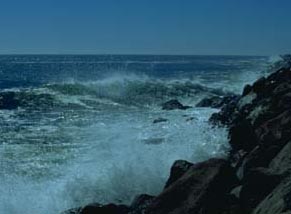This is a photo of the crashing waves of the ocean. Because the ocean holds so much of the Earth's water, it is the greatest source of evaporated water to the atmosphere.
Click on image for full size
Corel Photography
Evaporation
One process which transfers water from the ground back to the atmosphere is evaporation. Evaporation is when water passes from a liquid phase to a gas phase. Rates of evaporation of water depend on things like the temperature, humidity, and wind.
Water that is held in lakes and rivers evaporates directly into the atmosphere. Some of the water in the ground may also be returned to the atmosphere by way of evaporation through the soil surface. Of course, the ocean is the greatest source for water evaporated into the atmosphere.
You might also be interested in:
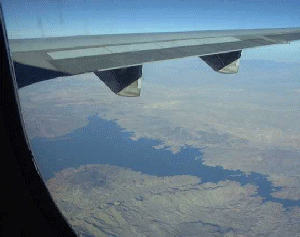
Rivers are very important to Earth because they are major forces that shape the landscape. Also, they provide transportation and water for drinking, washing and farming. Rivers can flow on land or underground
...more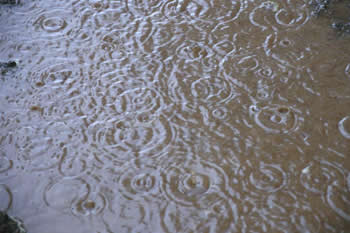
Rain is precipitation that falls to the Earth in drops of 5mm or more in diameter according to the US National Weather Service. Virga is rain that evaporates before reaching the ground. Raindrops form
...more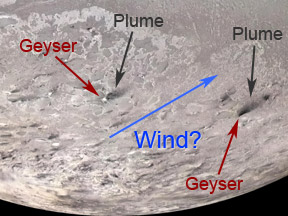
Triton is by far the largest moon of Neptune. It is slightly smaller than Earth's Moon. The surface of Triton is colder than the surface of any other planet or moon in our Solar System. It is so cold on
...more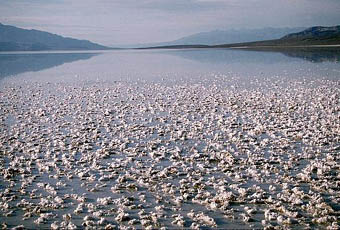
Unlike most other sedimentary rocks, chemical rocks are not made of pieces of sediment. Instead, they have mineral crystals made from elements that are dissolved in water. The water in the oceans, lakes,
...more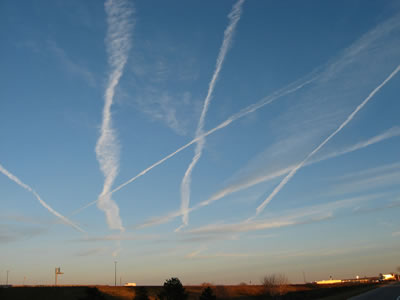
The white streaks you see coming off high-flying jet airplanes are called contrails, which is short for condensation trail. Contrails are clouds that formed when water vapor condenses and freezes around
...more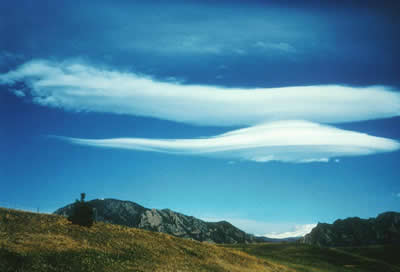
Lenticular clouds form on the downwind side of mountains. Wind blows most types of clouds across the sky, but lenticular clouds seem to stay in one place. Air moves up and over a mountain, and at the point
...more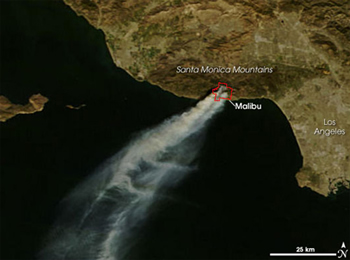
There are several different types of wind. One type is the foehn wind. This type of wind is a characteristic of mountainous areas such as the Rocky Mountains and the Alps. The wind off of the Rocky Mountains
...more


